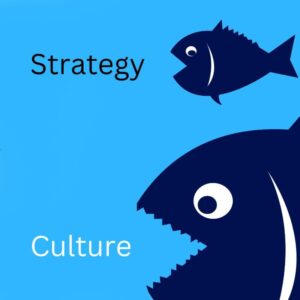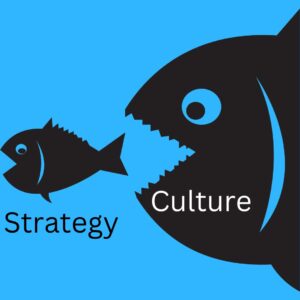“Don’t get so busy making a living, that you forget to make a life” – Dolly Parton
Investing in yourself is never selfish, but too often we put others’ wants above our own needs, and our well-being suffers a deficit.
Well-Being Balance Sheet
Well-being is compromised when you have more stress and challenges (liabilities) than your resources. But when you have an equal or greater amount of accessible well-being resources (assets), your well-being balance sheet is positive. You have resilience and the ability to manage stress, constantly moving forward, overcoming setbacks and challenges.
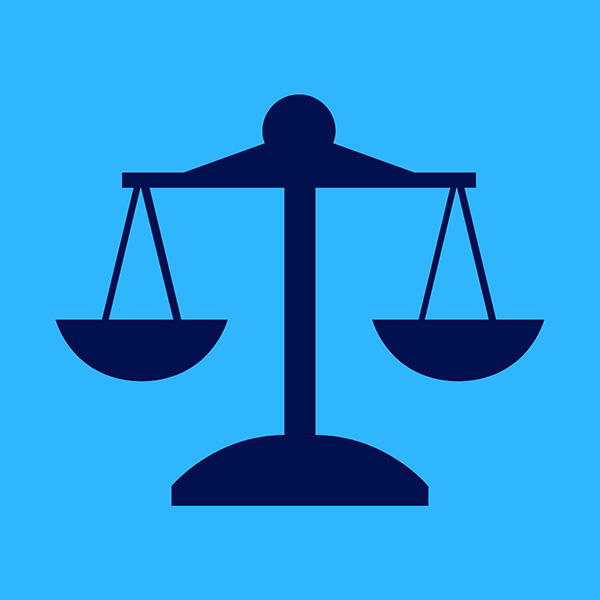
Even when I have a great deal of stress in my life, I ensure that I build a credit in these 6 areas of well-being:
– Relationships & community
– Sense of Purpose & Direction
– Resilience
– Health
– Balance & Boundaries
– Interests & Focus
Paying Attention to our Intentions
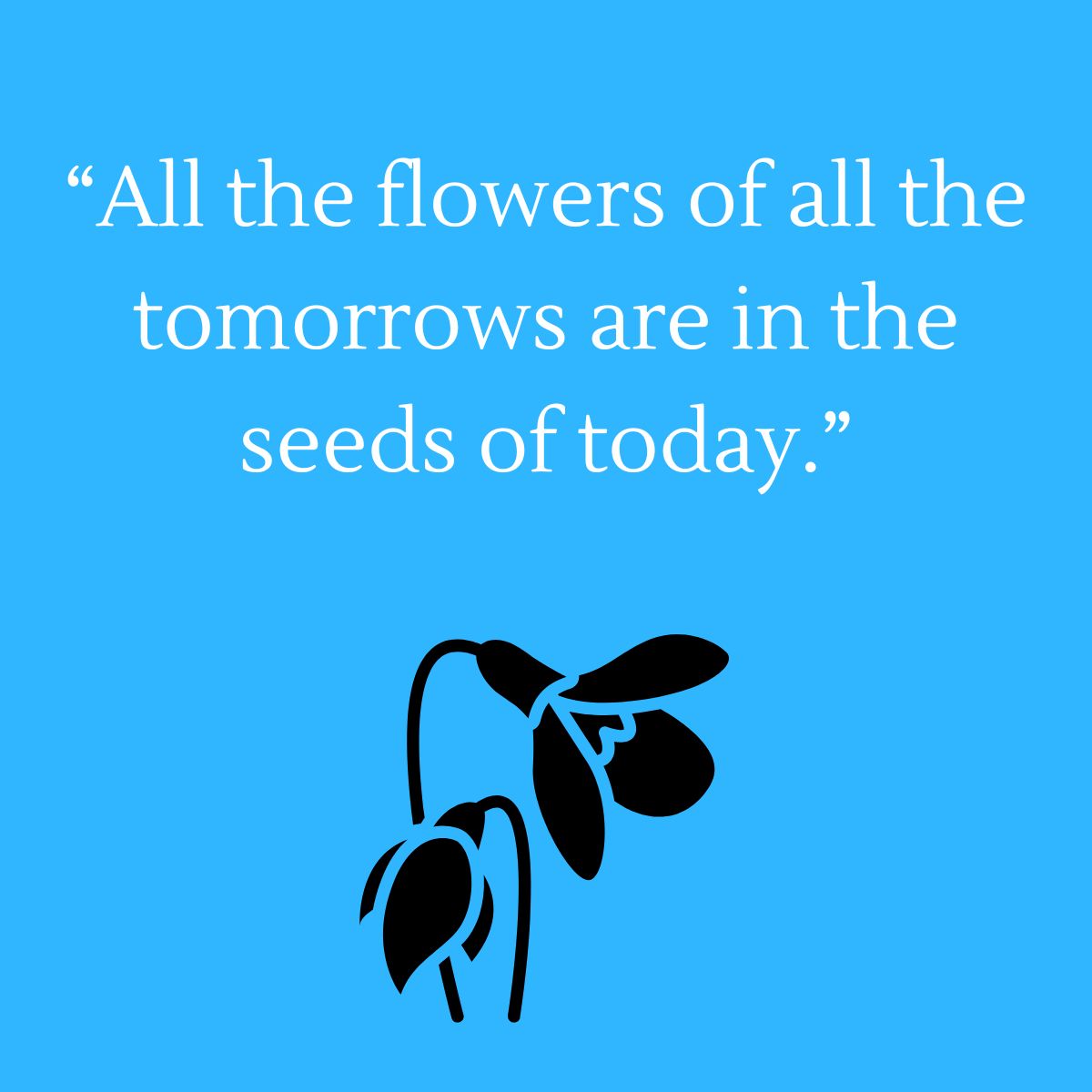
For an abundant harvest in the future, we need to invest in ourseleves today, paying attention to our intentions.
There is so much to consume us in the immediate concerns of the present right now, but times of change and turbulence are an ideal moment to think strategically about life and reflect on whether the way we are living and working is serving us well, congruent with our values and in line with our aspirations and ambitions.
It’s a great moment to be clear on our intentions, challenge our assumptions and engage ‘the power of why’, advancing with courage and curiosity.
The Kaplan & Norton Strategy Map – a cause and effect model used to tell the story of your strategy – is an excellent tool to test and validate your strategy and to use as an execution framework, whether it’s a business strategy, team or personal strategy.
Personal Strategy
When creating a Personal Strategy Map, developing strategic priorities for our ‘Self’ pillar is often the most challenging, as our multi-faceted lives often mean that other areas of our lives – our workplace contribution and our relationship commitments – take precedence.
Usually, there’s no lack of sincerity in our intentions, but unless we have a mechanism to translate the strategy into action, it’s a lot less likely to happen.
Every statement of intent on my Personal Strategy Map is translated into a commitment with a set of actions or activities planned across 3-6-9-12 months; I have defined what my intent means to me and what I will do and not do. This is what I use to hold myself to account, to ensure that I’m putting my attention, energy and resources towards what’s really important.
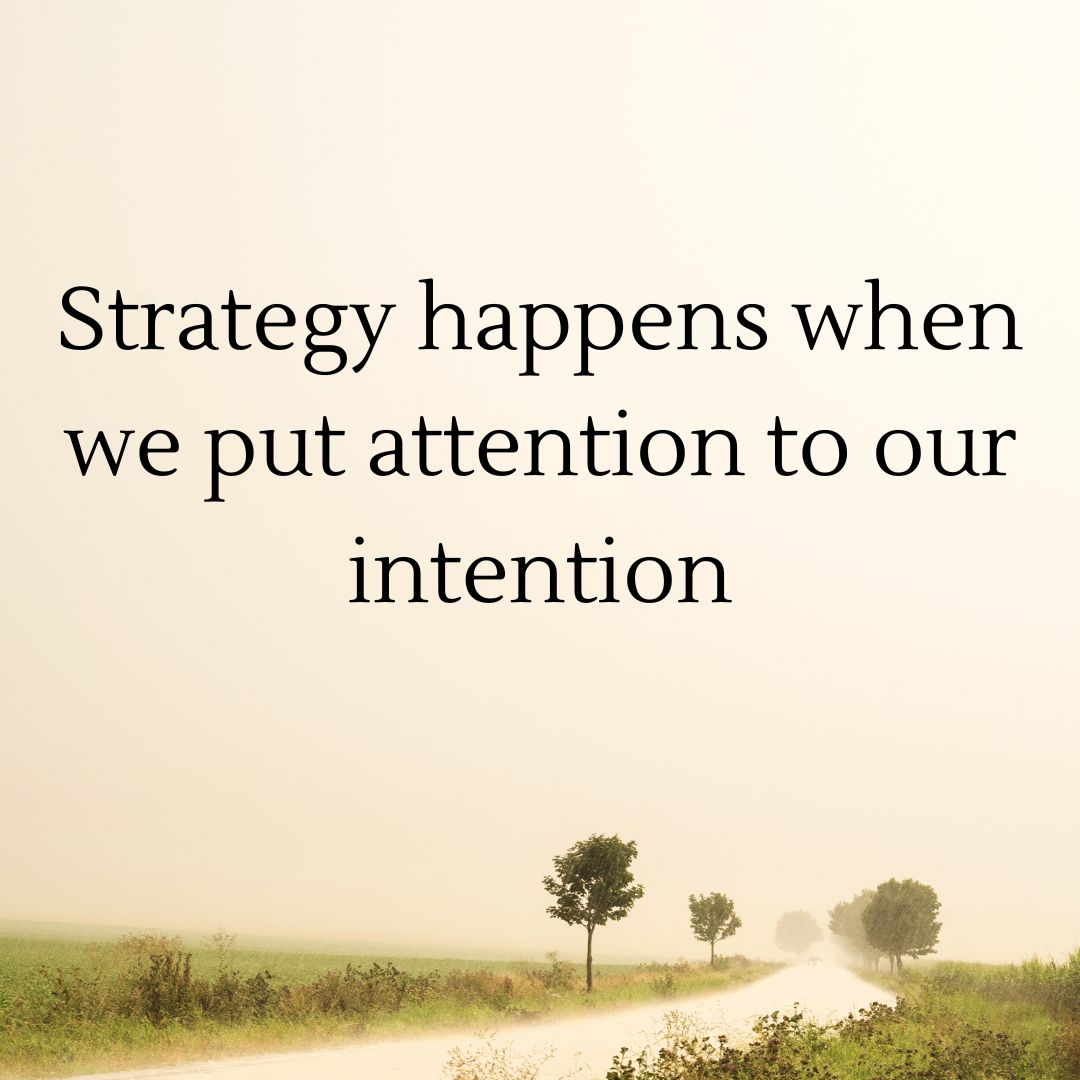
My self pillar is at the core of my Personal Strategy, and I use the well-being balance sheet to guide me on where I need to invest in building my well-being resources to be my best self.
Creating a well-being balance sheet is part of the whole-of-life Personal Strategy Programme.




